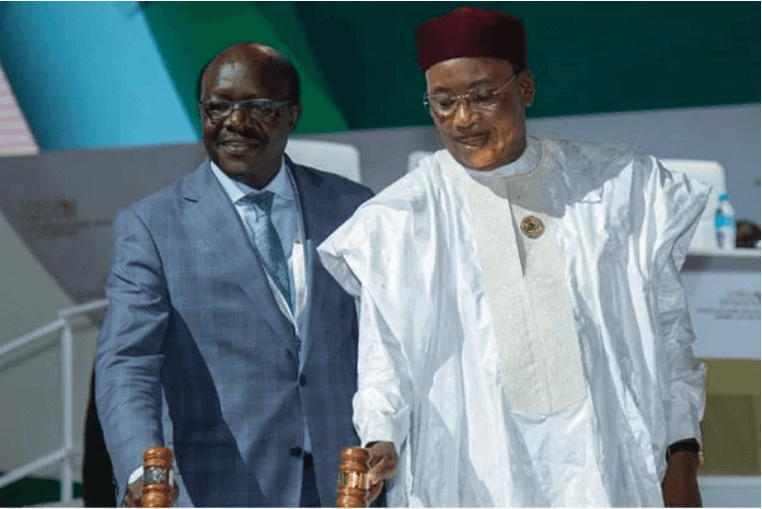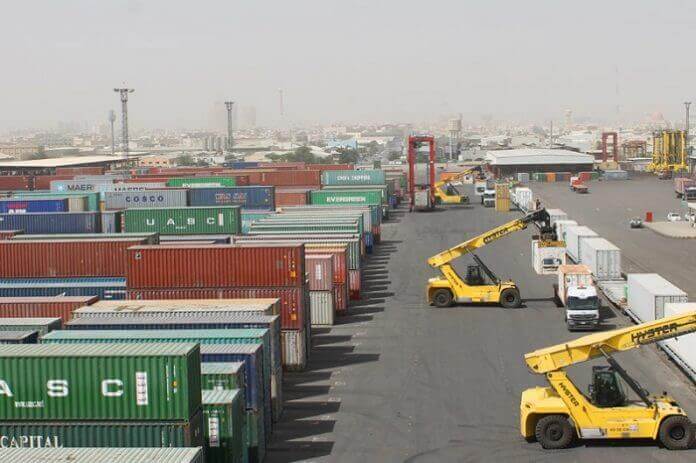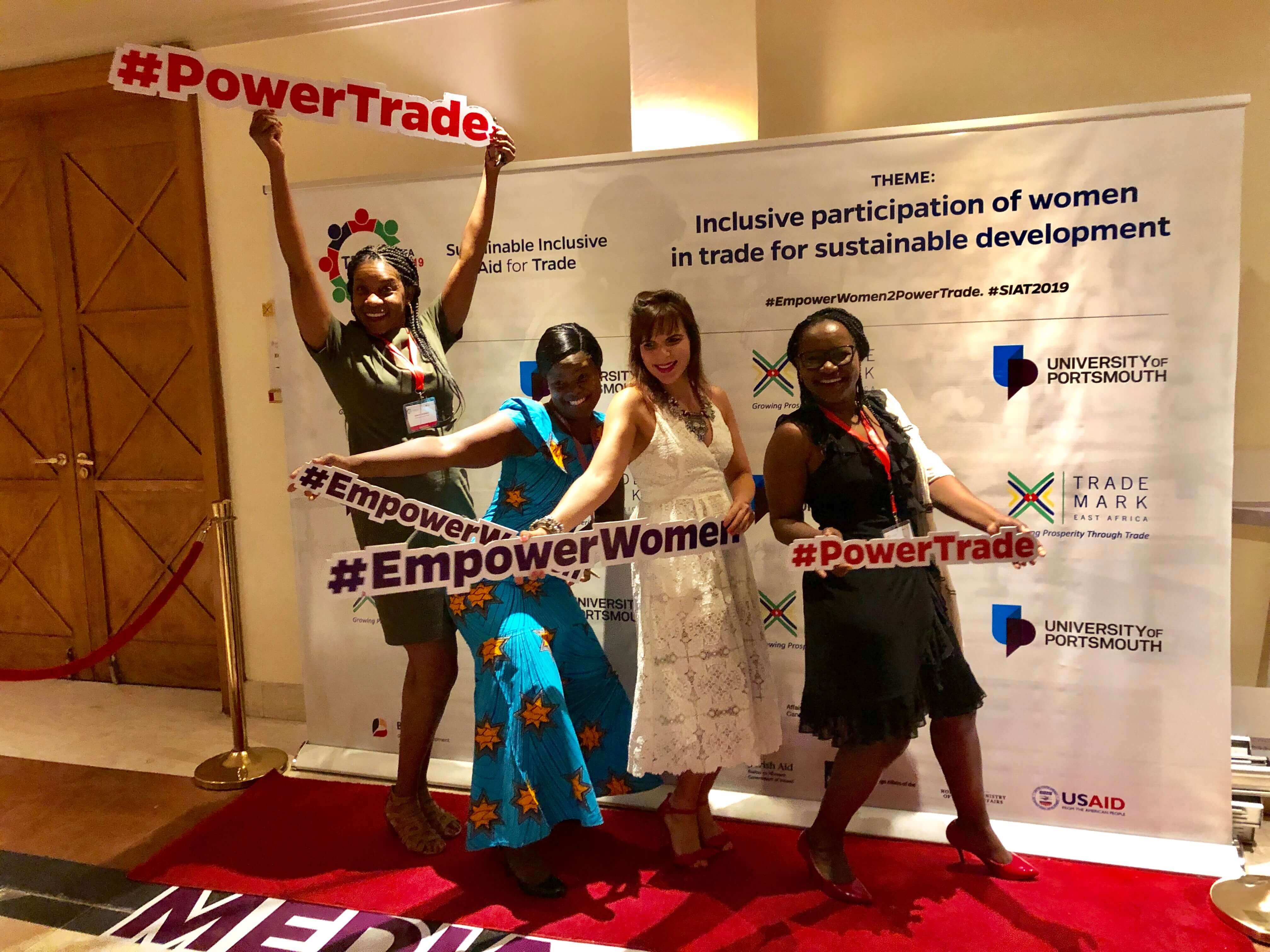It is an indisputable fact that African countries do not trade enough among themselves. To make any meaningful headway and register economic growth, countries within the continent must boost intra-regional trade. This will also help accelerate economic growth and development on the continent. The government of The Gambia through the Ministry of Trade, Industry, Regional Integration and Employment in collaboration with partners has been spearheading initiatives geared towards promoting trade within our continent. Regional trade integration has long been a strategic objective for Africa with some success in eliminating tariffs within regional communities. However, more still needs to be done. The signing of the African Continental Free Trade Area (AfCFTA) Agreement by the overwhelming majority of African countries is a historic step towards rationalising Africa’s regional trade arrangements, deepen economic integration and draw on economies of scale and development of regional value chains. These many believe, would further accelerate the process of structural transformation of African economies. As a flagship project of the African Union Agenda 2063: The Africa We Want, the AfCFTA seeks to bring on board all the 55 African countries with a combined population of more than 1.2 billion people and a combined gross domestic product (GDP) exceeding US$2.5 trillion, making the continent the largest free trade area created since the formation of the World Trade Organisation (WTO). Analyst believe that Africa could double intra-regional trade by easing non-tariff barriers, including customs procedures and improving the continent’s poor transport infrastructure; that doing this will help boost economic...
Promoting intra-African trade!
Posted on: October 29, 2019
Posted on: October 29, 2019




















